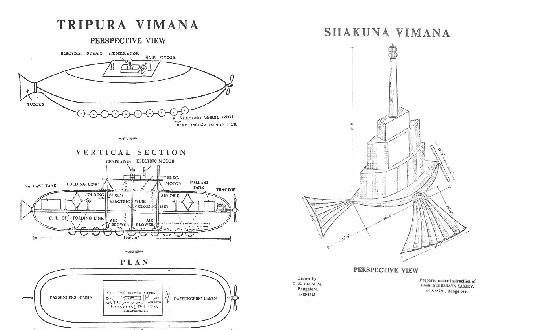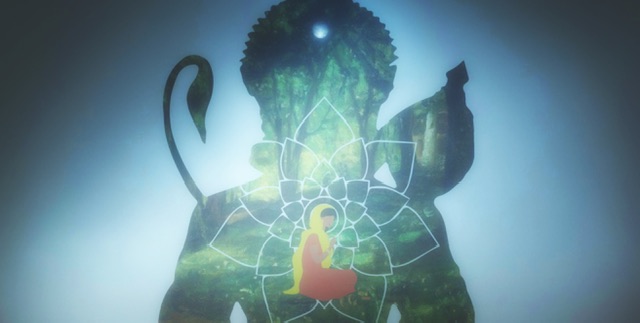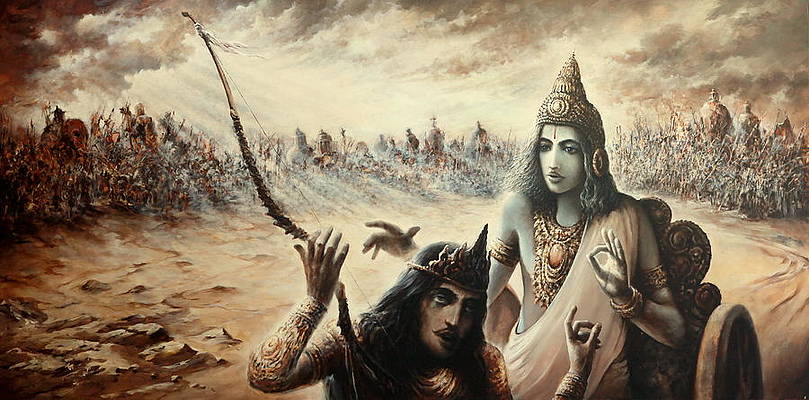In 1881, Col. Olcott, the co-founder and first president of the Theosophical Society, said, “The ancients could navigate the air, and not only navigate it but fight battles in it like so many war-eagles, combating for the domination of the clouds. To be so perfect in aeronautics they must have known all the arts and sciences including the strata and currents of the atmosphere, the relative temperature, humidity, density and specific gravity of various gases.”
Ancient Indian texts describe various types and shapes of aircraft and their use in aerial battles. Epics like the Mahabharat and Ramayan, describe Vimana as a double-deck, circular aircraft with portholes and a dome, like a flying saucer. The Samarangana Sutradhara describes take-off procedures, type of landings, collusions, types of aircraft along with its advantages and disadvantages, how to scout enemy aircraft without being detected and its power sources.
Writings on ancient aeronautics suggest that the 4th century BC text – Vaimanika Shastra written by Maharishi Bharadwaj, was rediscovered in a temple in India in 1875 but the analysis of its content started very late. Vaimanika Shastra has eight chapters, hundred sections, 500 principles and 3000 shlokas describing types of aircrafts with diagrams. It explains 32 techniques to fly an aircraft, including details of parts and apparatus that could neither catch fire nor break. Details like design and operation of Vimanas, information on steering, switching energy sources, precautions for long flights, protection of airships from storms and lightening were clearly stated. Sage Bharadwaj explains the way to fly war-planes in air, on land, on water and use them as submarine. No wonder that Hitler and Nazi forces were exceptionally interested in ancient India and Tibet and sent expeditions to both these places every year, starting in the 30s, inorder to gather esoteric evidence and gain from our scientific knowledge.
After studying the Vaimanika Shastra, Stephen Knapp, a Western scholar summarized that it describes in detail the construction of mercury vortex engine, the forerunner of the ion engines being made by NASA today. Author David Hatcher Childress, who has written books on ancient aircrafts quotes Alexander’s experience of witnessing ‘flying, fiery shields’ when he invaded India, 2000 years ago. Mysteries like King Ashoka’s ‘Secret Society of the Nine Unknown Men’ comprising great scientists who preserved and developed knowledge on a variety of issues including gravity control also find a mention in his writings.
Indian writers claim that the ancient knowledge of Sanskrit texts was put to use by scholars like Shiv Shankar Bapuji Talpade who, in 1895, gave a thrilling demonstration flight of an unmanned aircraft Marutsakthi on Mumbai’s Chowpatty Beach. It flew to a height of 1500 feet and was witnessed by many including the Maharaja of Baroda – Sir Sayajirao Gaekwad and Justice Govind Ranade and later reported in a Marathi daily – Kesari. Recently, the Academy of Sanskrit Research in Melkote, near Mandya, had been commissioned by Delhi-based Aeronautical Research Development Board to take up a one-year study, ‘Non-conventional approach to Aeronautics’, on the basis of Vaimanika Shastra. As a result of the research, a glass-like material which cannot be detected by radar has been developed by Prof. Dongre, a research scholar of Benaras Hindu University. A plane coated with this unique material cannot be detected using radar. Surely, many such aspects remain to be explored. So, let your imagination take wings and fly to the old, fascinating world of aero-engineering with ancient Air India.
References:
Vimana Aircraft of Ancient India and Atlantis: David Hatcher Childress
The Anti-Gravity Handbook: David Hatcher Childress
The Indian Science of Aeronautics: Sanchi Rairikar
Flying High, Deccan Herald: K R N Swamy
Vymaanika Shastra Aeronautics of Maharshi Bharadwaj: G. R. Josyer
Websites: Forbidden History and Matho Mathis





